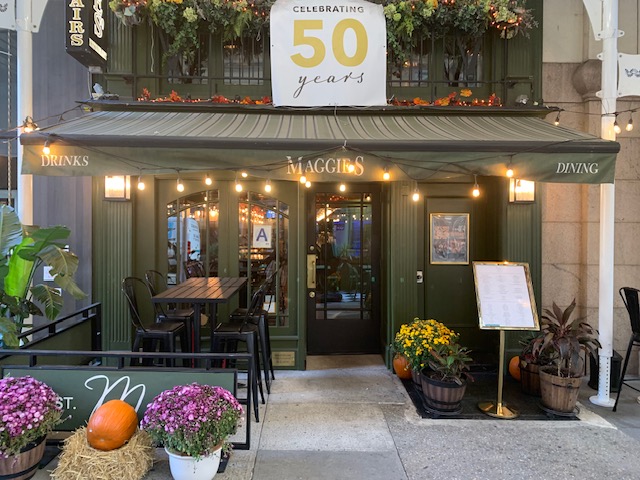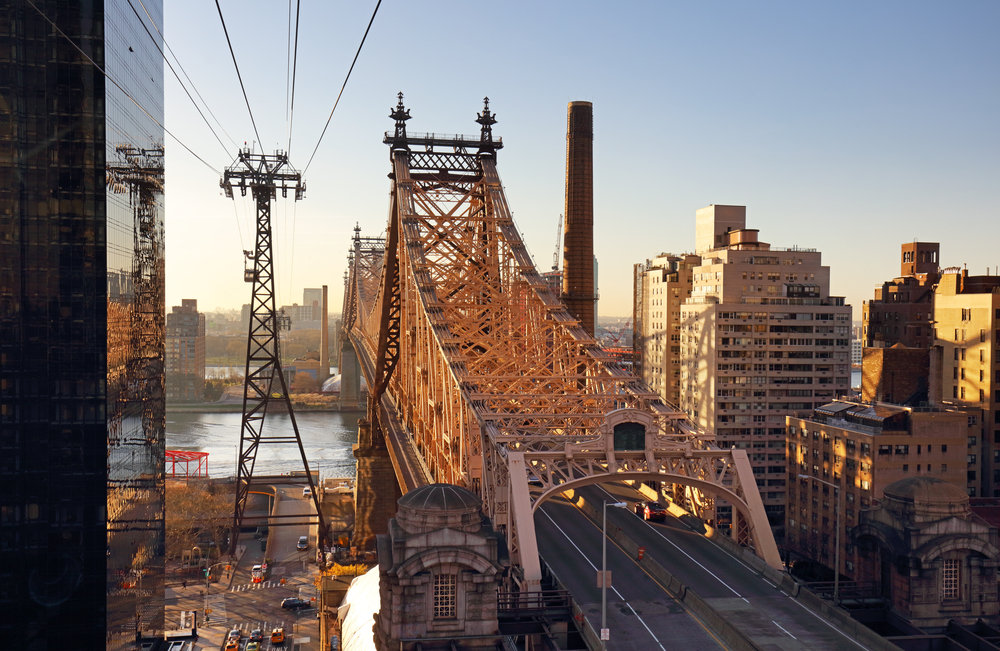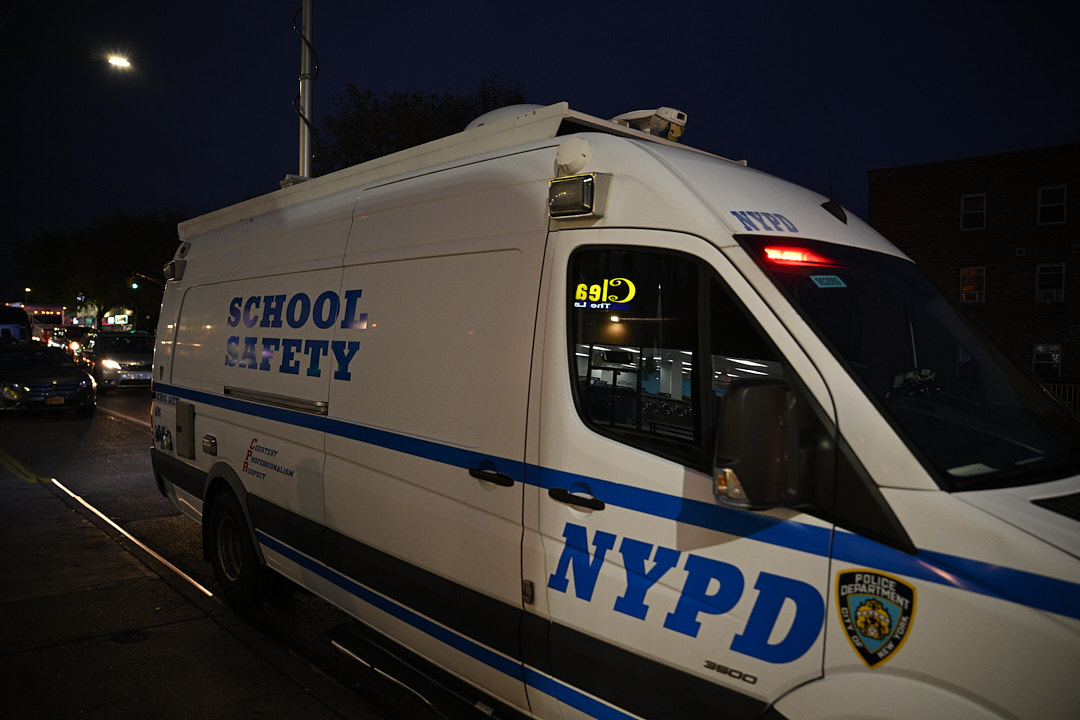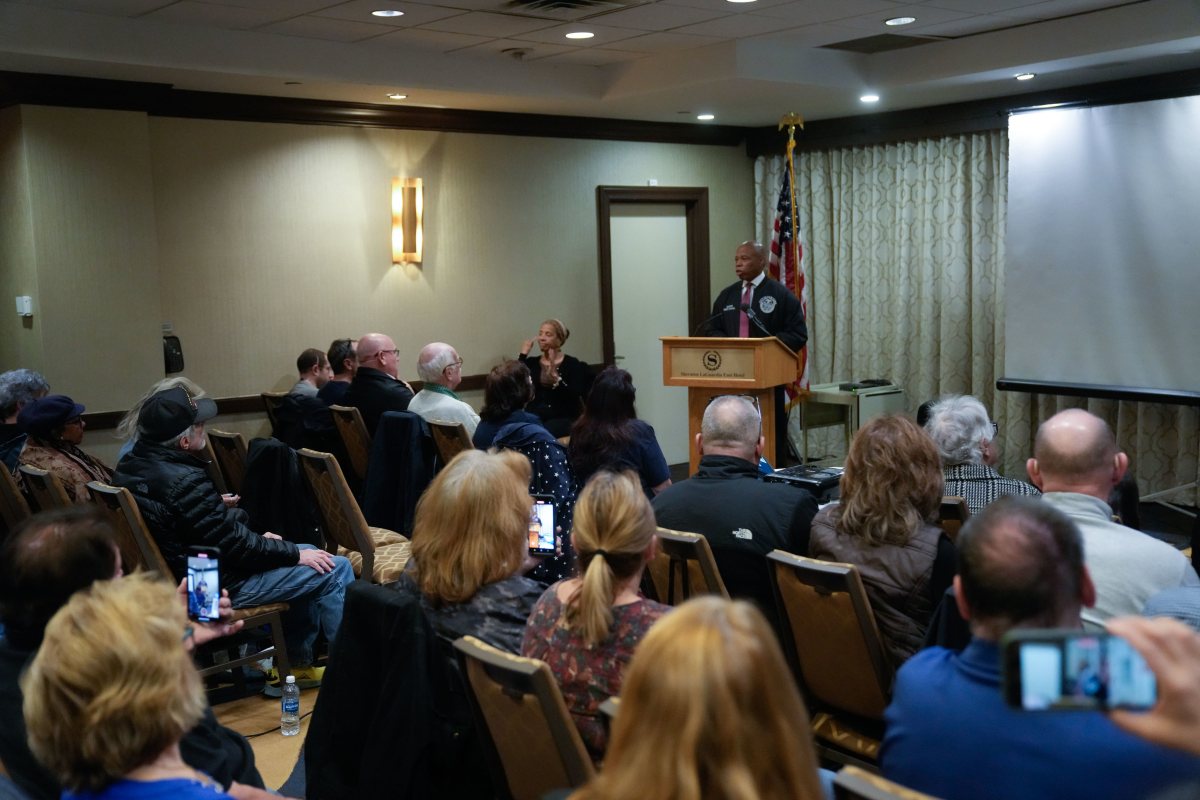By DOROTHY A. WILSON
No translation necessary for a genre employing all artistic mediums
COLD FUSION – VISIONS OF FUSION ARTS
Through November 27
FusionArts Museum
57 Stanton Street
212-995-5290
Located in the eastern province of Canada, Québec is trés French with regards to art, music, and language especially. But no translation is necessary when it comes to its interpretation of Fusion Art, an extraordinary, interdisciplinary genre that employs virtually all artistic mediums (sculpture, painting, video projection, photography, found objects, artificial light, performance, text, audio – you name it – it’s that non-linear and varied). Curated by Jocelyn Fiset, “Cold Fusion – Visions of Fusion Arts” is an engaging group exhibition of this unusual art form at FusionArts Museum in the Lower East Side.
Fusion Art is “inclusionary, not exclusionary, incorporating as much as possible, including technology,” according to the Museum’s mission statement. “If our world is composed of overlapping stimuli which create constant sensory overload, then why should visual art limit itself to any one discipline? There is no challenge in repeating what has already been historically documented and already recognized. It breaks no ground.”
When asked about the differences between the Fusion Art in NYC and our neighbors up north, Fiset replied that the “Cold Fusion” show was “global and in tune with the world.” Fiset, who studied art in Montreal prior to becoming an international “nomadic” artist (painting large-scale installations in public places while discussing abstract art and politics with passersby), would like this exhibition to communicate “that a kind of Fusion Art also exists in Canada, specifically in Quebéc. And I also wanted to present several visions of what Fusion Art is now, in our more complicated world, so each artist can express a different manner of making art.”
Sometimes the creation of this type of art is simply the selection and arrangement of ‘found objects.’ In the Museum’s exterior, street-level window display by artist Serge Beaumont, two rusty, old shovels lean upright against a plain background. The wooden handles of these formerly useful farm tools are ‘embellished’ with intricate, heavily corroded wrought iron. Next to them on the ground are what appear to be two small, damaged animal horns. You hear birds chirping. Like Beaumont’s other more elaborate installation inside, the space is illuminated with ambient, alternating lighting. Both works represent the very definition of an ever-evolving genre, “a methodology of infinite possibilities,” according to Fiset.
Arranged into one large grid are 48 separate pieces of Fusion Art by Genevìève Guénette from Montréal. Each is a small sculpture or collage approximately 5”x6”. Some are simple and raw, others exquisite and detailed; and the vast array of unconventional materials and artistic techniques used in the creation of these unique gems is not only incalculable, it’s impressive. C’est manifique, even the titles are great: Bad Hair Day, The Bellybutton, Christmas Worms, I was out of Work and Expecting Attractive Propositions, Underneath the Carpet, Big Mess, Don’t Lose Your Marbles, and Careful, Booby-Trap! to name just a few…
Canadian Jacques Charbonneau exhibits two amusing pieces of ‘sculpture’ in which recycled metal and iron from ancient mattresses and ‘found objects’ dominate the medium. One work resembles a large, shiny peacock sitting on a piece of wood perched on top of a brushed stainless steel base. His other piece, “What has Become of the Tree of Eden?” is a six-foot tall tree made out of rusty bed springs and skinny wooden branches, decorated with rocks, birds, colorful nuts, and a (somewhat camouflaged) two-headed serpent. Though neither piece is accompanied by audio, both are rather loud.
In her two multi-dimensional portraits of bizarre looking women, Joanne Mijno uses enormous amounts of non-traditional art supplies (metal spoons, linen, wood, beans, paper, wood and found objects) as well as glossy and colorful acrylics, oil paints and varnish. A giant antique wooden and metal door is the “canvas” upon which one of the faces is configured.
On a much smaller scale are three deft and delightful assemblages/constructions called “Specimen I, II and III” by Laurent Lamarche. Each is composed of a Plexiglas cube that sits on top of a wooden base. Inside the three sealed “containers” are tiny metal sculptures/statues (of creatures from an unfamiliar planet?) that are performing/posing on a dark red velvet stage.
Hundreds (thousands?) of remnants from beat-up blue jeans are cleverly and repetitiously ‘integrated’ into three sculptural works by artist Carol Baillargeon. In one piece, she uses only the bottoms of pant legs, in another just the waistbands. Kooky wooden and/or industrial gadgetry also play a key role within these obtuse vs. astute structures.
Christine Palmiéri, who specializes in graphic arts and video installations that “question the condition and the future of human and animal species in a changing environment,” has a piece of artwork in the show entitled “Reverse Pole.” It’s a small black dog with fake fur connected to wires, a menacing plastic apparatus and a blue light bulb that’s constantly electrified. This poor pup even has an antenna around its neck. Palmiéri also curates a Special Video program for the “Cold Fusion” exhibition (featuring video artists Marc Boucher, Mario Côté, Laurent Lamarche, Paul Landon, Lise-Hélène Larin, Densyse Therrien, as well as her own work).
“Cold Fusion – Visions of Fusion Art” from Quebéc crosses borders and breaks tradition. It’s multi-sensory, reactionary, limited only by its creator, and everything but boring. Sensitive individuals take note: the Museum’s permanent collection has Fusion Art that even incorporates naked people and religious issues, can you imagine!


































